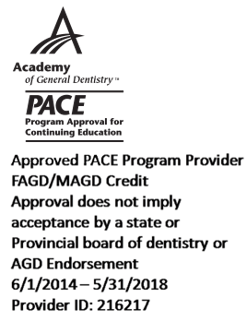L07: All TMJ Patients are NUTS, Right? How to Evaluate, Diagnose and Treat the Most Common TMJ Problems
Subject: 182–TM Disorders
Credits: 6 (Lecture)
Thursday, July 14: 9:30 a.m. to 4:30 p.m. (Lunch: 12:30 to 1:30 p.m.)
Audience: DTC (D, H, A, O, T), ST, R
Fee: $120
Location: Level 2, Room 203
Speaker Bio: Raleigh, N.C.; director, Center for Sleep Apnea and TMJ, Boise, Idaho; director, Dental Sleep Medicine for Lane and Associates Family Dentistry, Raleigh, N.C.
Description: Almost every dentist probably feels uncomfortable when a patient presents with temporomandibular joint (TMJ) disorders. In dental school, we didn’t get much classroom information about TMJ disorders, and little or no clinical experience. Our TMJ disorder treatments in practice are often hit and miss, without clarity on why sometimes we hit and other times we miss. In this lecture course, Dr. Spencer will review the relevant anatomy and discuss simple examination, diagnosis, and treatment techniques that will allow you to stun your next TMJ patient with your understanding of his or her issues, as well as allow you to help many more people. And, did you know that bruxism, the cause of many TMJ disorders, may be related to obstructive sleep apnea? This paradigm shifting relationship also will be discussed during this lecture course.
In the A.M. program, you can expect:
- A thorough head and neck anatomy review.
- An explanation of the basic principles of examination for TMJ problems.
- An explanation of the diagnosis and treatment of capsulitis (the most common TMJ disorder).
- An explanation of the diagnosis and treatment of internal derangements.
In the P.M. program, you can expect:
- An explanation of the diagnosis and treatment of muscle pain (including pain referred to the teeth).
- A review of nightguards and splint therapy.
- A discussion of the possible bruxism-obstructive sleep apnea connection.
Learning objectives:
- Understand the relevant anatomy of the head and neck.
- Understand the principles of examination and evaluation for TMJ disorders.
- Develop a straightforward approach to diagnosing the most common TMJ disorders.
- Understand the treatments for the most common TMJ disorders.
- Understand when and how to use nightguards and splint therapy.
- Understand the possible bruxism-obstructive sleep apnea connection.




